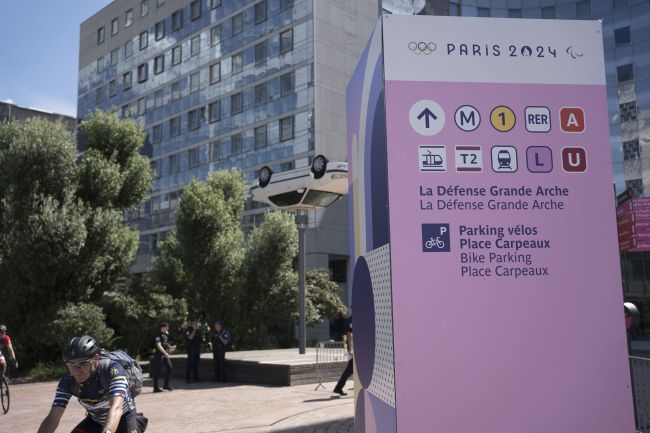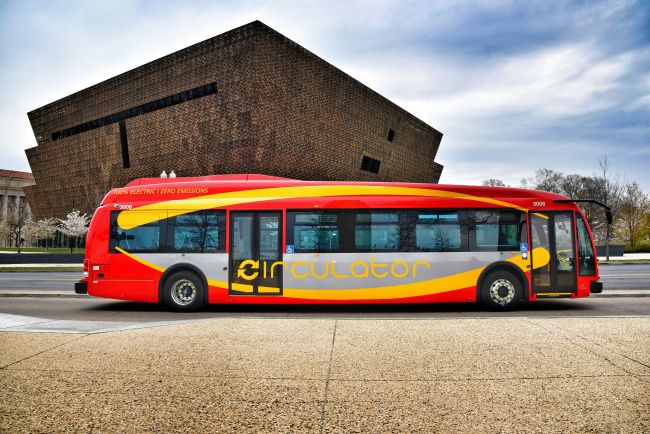How much change in travel behaviour is needed?
Is there a risk that the LSTF prompted sustainable travel revolution could stall before it has truly begun?

Here we discuss whether, without a locally derived target driven longer term behaviour change strategy, there is a risk that the LSTF prompted sustainable travel revolution could stall before it has truly begun.
At the Mainstreaming Smarter Travel Conference in Manchester earlier this month one of the sessions I was involved in discussed the perennial issue of short term versus long term funding streams. I asked those present whether they knew what travel behaviours they were aiming for in the longer term, what interventions were required to help achieve them and whether this was contained in a strategy underpinning their LSTF programmes. There was a noticeable silence with the exception of a solitary hand in a room of about one hundred people.
A series of short term projects do not equal long term behaviour change
Those of you familiar with behavioural psychology will know that, as a general rule, changing habitual behaviour takes time – even with a willing audience and the right support structures in place. Now, I don’t pretend to be a behavioural psychologist however I do consider myself pretty logical.
If the logic is that it takes time to bring about a sustained change in travel behaviour then logic says that embarking on a cycle of short term behaviour change ‘projects’ will only achieve so much – unless there is something exceptional to act as a driver for change such as the disruption associated with the Olympics. Like it or not, short termism in government funding of transport is a fact of life and so the question is how to break the cycle of short termism in delivery.
The temptation with short term projects can be to set equally short term targets in order to demonstrate return on investment. While clearly it’s important to understand the impacts of short term funding and to demonstrate value for money the role of longer term targets and having an overall strategy is also paramount. With the move toward Local Economic Partnerships it may soon become very important to show how incremental changes in travel behaviour are moving an area in the right direction. Let’s be realistic – the changes in travel behaviour over a one or three year period resulting from a given ‘short term’ sustainable travel intervention will only ever be ‘small’ BUT if stakeholders see that behaviours are progressing along a course that will get them to a much bigger and better outcome then their faith in and wish to continue funding these interventions may remain.
So, could a failure to understand locally what the ‘required’ travel behaviours are in the longer term be entirely unhelpful in informing decision-making about spending as it is pushed more and more to the local level.
Introducing the Line of Change
A major event like the Olympics is clearly exceptional however, there is one key piece of learning from it that applies to all. During preparations for the London 2012 Games those, such as myself, involved in planning and delivering the behaviour change programme had a very clear sense of what change in travel behaviour was needed [to make the transport system work] and the point by which that needed to happen [during the Games]. A line was then created from the point at which we started [2008] and the identified end point [27 July 2012] which was ‘the Line of Change’. The ‘Line of Change’ for the Olympics was a typical s-curve as shown below. The trajectory created by that line was heplful for a number of reasons:
- it gave those involved in delivery a sense of purpose and unification;
- for programme managers it enabled delivery to evolve in response to what was happening on the ground; and
- for senior decision makers, when combined with regular tracking research, it either provided reassurance that things were being funded at the right level or evidence of the need to draw down additional funding.
I strongly advocate the principle of the ‘line of change’ - whether that’s for future LSTF Bids, LTP preparation or in connection with discussions with Local Economic Partnerships (LEPs). It is likely to greatly enhance funding and delivery opportunities. For example, reporting that the investment to date in behaviour change interventions had secured a 2% change in behaviour over a 3 year period will be much more powerful if it can be backed up with a statement such as; it also shows we are on track to achieve our longer term targets of 20% behaviour change as long as programme delivery continues.
So, there is a real opportunity for local authorities to be clear on what they want travel behaviours to look like in 20 years’ time, what the longer term programme of behaviour change interventions looks like and what changes in behaviour are actually likely to look like over time. There is an opportunity to take the time to understand what the shape of the Line of Change is between now and then and to use that as the basis for tracking progress and being able to make informed decisions about the priority being placed on the delivery of behaviour change interventions. It doesn’t change the challenges associated with obtaining funding for local transport solutions but it may enable behaviour change interventions to compete more favourably with other areas of transport and beyond over a more sustained period.
“Yes it is only a 2% change in behaviour however; you’ll see that our trajectory has us at 2% at this point in time. We just need to keep funding things to ensure that we continue to progress in the right direction and hit our targets.” Quote from Anon
“It may not matter what the target for behaviour change is, or how it is expressed. The shape of the line of change may not in itself matter either. What does matter is that there is a target and a path to get there.” Quote from Anon
If you wish to discuss the principle of ‘the line of change’ further or to register for our forthcoming free seminar on ’How to prepare quality bids for the next round of Local Sustainable Transport Funding’ then please get in touch at behaviour@sdgworld.net.




















